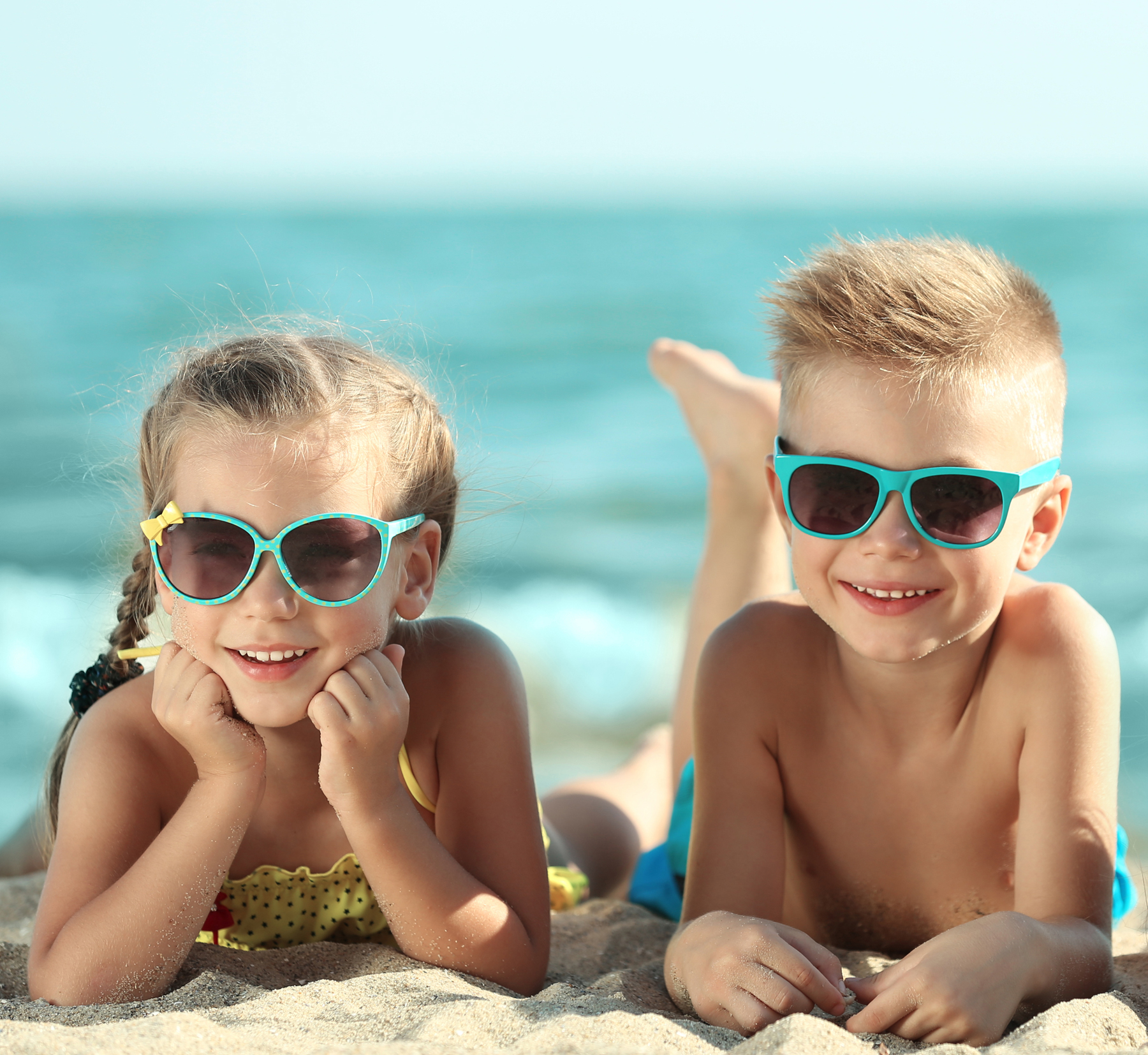As America celebrates its 243th birthday, I find myself thinking about what it means to be independent. Because I was born blind, I was told early on that I would quite likely spend my life as a dependent person. I suppose it’s fair to say that I’ve proved I can be independent, and for that, I am very grateful.
I came to learn about the world as a blind person, and so I never thought very much about what I was missing without having the ability to see. In my role as the Ambassador of Vision for the Discovery Eye Foundation, I spend a lot of time talking to people who are losing or have lost their sight later in life. I am amazed to learn how truly dependent they are as they work to rehabilitate their lives after the loss of vision. They tell me that even the smallest tasks in daily life become major obstacles.
A woman recently told me, “there is a constant fear of falling, even in a familiar place like my own house. I am just not sure of where the steps are. I hate to have to ask people to put my clothes together in the right color combinations and learn to cook and be comfortable in my own kitchen. It feels impossible to get anything done.”
The most touching thing I ever heard was when a loving grandfather told me that he was having trouble remembering what his grandchildren’s faces looked like.
Let me hasten to say that many people who lose their vision do make extraordinary adjustments, but for all of them, the road back to independence is difficult, arduous, and sometimes impossible. At the Discovery Eye Foundation, we remain committed to funding the research that will hopefully preserve vision and provide the independence that all of us wish for and deserve.


 Tom Sullivan
Tom Sullivan
 UV Protection – Sunglasses for children should block 100% of UV radiation as well as between 75 – 90% of visible light. Any sunglasses you buy should have this information provided in the packaging
UV Protection – Sunglasses for children should block 100% of UV radiation as well as between 75 – 90% of visible light. Any sunglasses you buy should have this information provided in the packaging